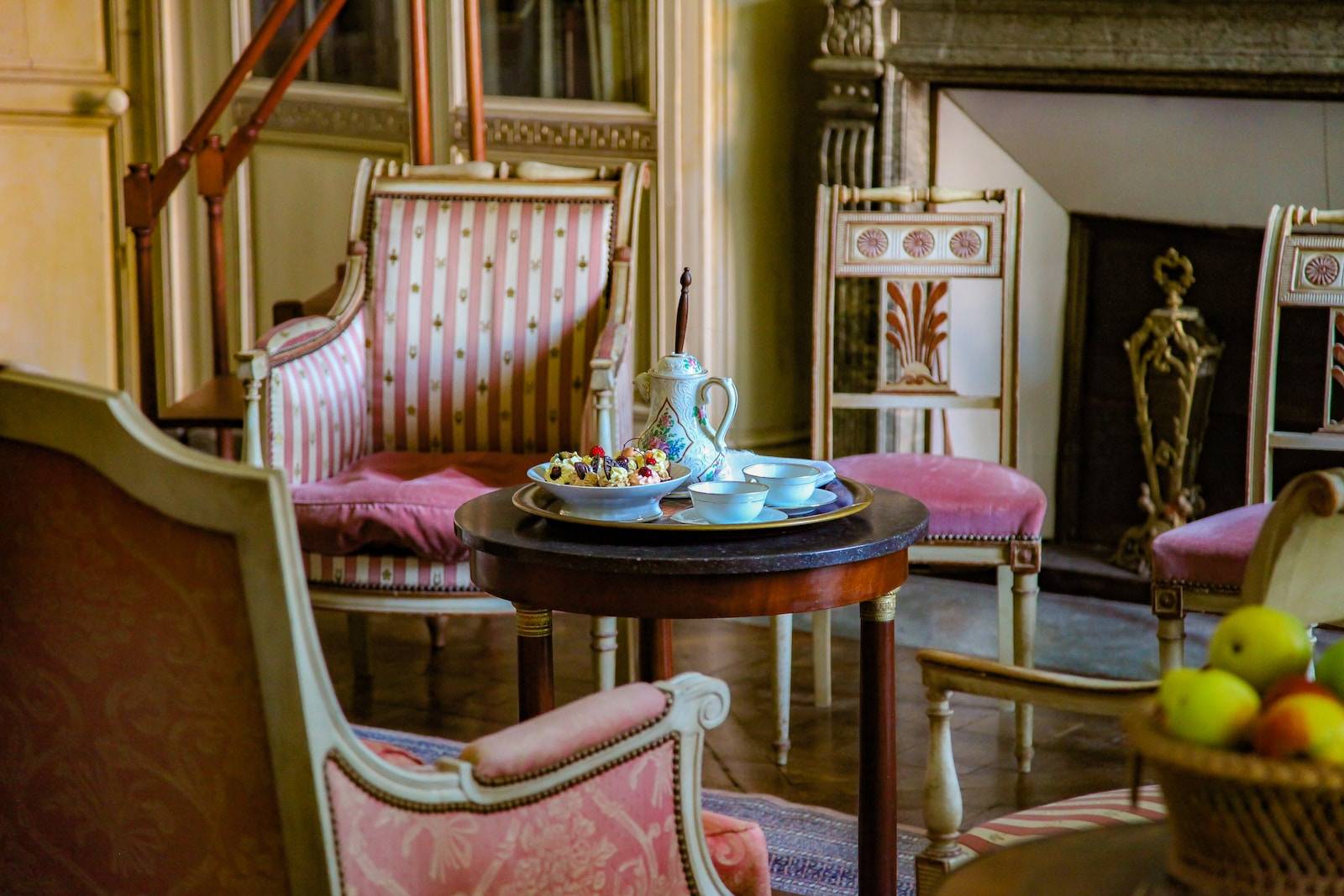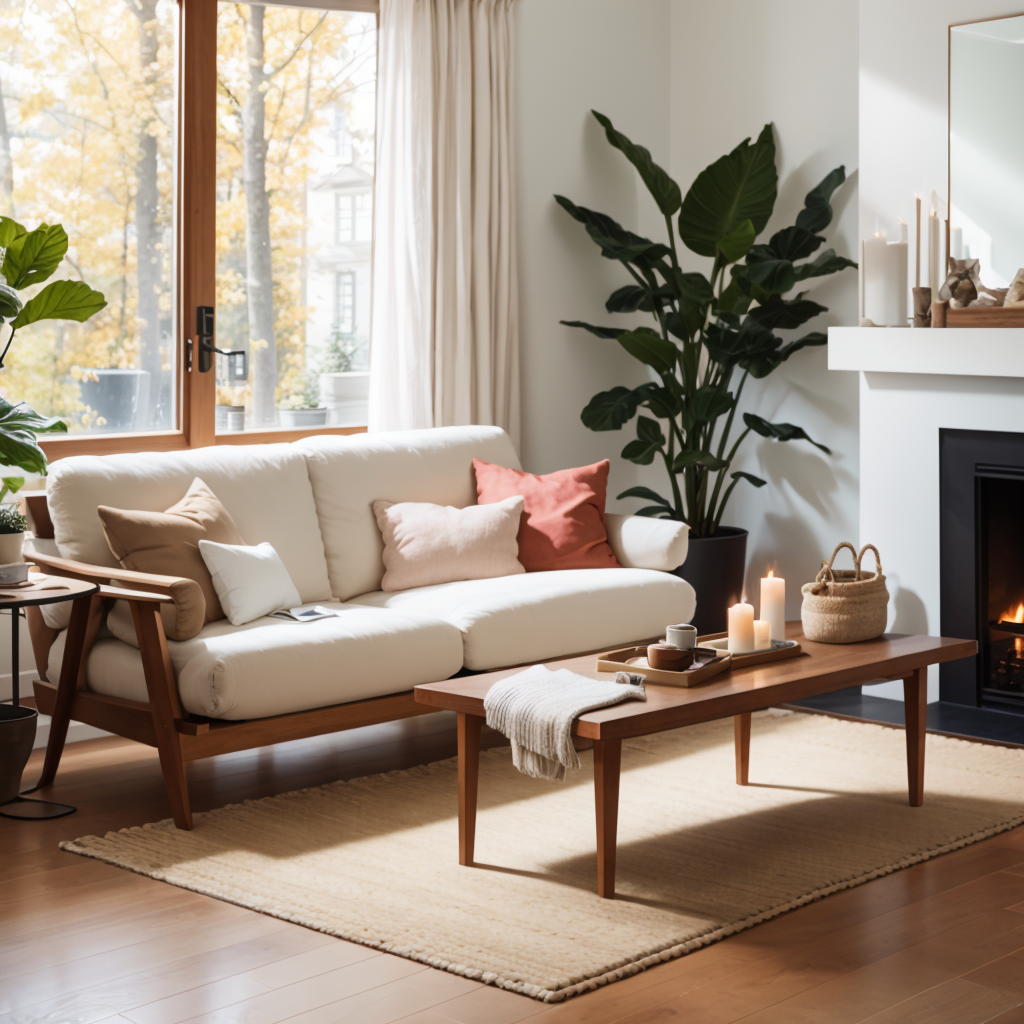
Traditional Interior Design Styles: Your Ultimate Guide
Table of Contents
Definition: Traditional Interior Design.
Traditional interior design is a style that is characterized by classic, timeless elements and a focus on comfort and elegance. It is a style that has been popular for centuries and is still widely used today. Traditional interior design is often associated with European styles, such as French, English, and Italian, but it can also incorporate elements from other cultures.
The history of traditional interior design can be traced back to ancient civilizations, such as the Greeks and Romans, who used ornate decorations and luxurious materials to create opulent living spaces. During the Renaissance period, Italian designers began to incorporate classical elements into their designs, such as columns, arches, and intricate moldings.
In the 18th and 19th centuries, traditional interior design became more refined and elegant, with a focus on symmetry, balance, and proportion. This style was popularized by wealthy aristocrats and royalty, who commissioned grand palaces and mansions filled with ornate furnishings, chandeliers, and artwork.
Today, traditional interior design continues to be a popular style, with many homeowners and designers incorporating classic elements into their homes. While the style has evolved over time, it still emphasizes comfort, elegance, and timeless beauty.
Principles.
- Symmetry: Traditional interior design often features symmetrical arrangements of furniture, artwork, and accessories. This creates a sense of balance and order in the space.
- Rich colours: Traditional interiors typically feature rich, warm colours such as deep reds, greens, and blues. These colours create a cozy and inviting atmosphere.
- Ornate details: Traditional interiors often feature ornate details such as crown molding, wainscoting, and intricate woodwork. These details add depth and texture to the space.
- Classic patterns: Traditional interiors often incorporate classic patterns such as stripes, florals, and damask. These patterns add visual interest and create a sense of timelessness.
- Antique furniture: Traditional interiors often feature antique or vintage furniture pieces. These pieces add character and history to the space.
- Layered textures: Traditional interiors often incorporate layered textures such as plush rugs, velvet upholstery, and silk curtains. These textures add depth and warmth to the space.
- Formal layout: Traditional interiors often have a formal layout with a clear focal point, such as a fireplace or grand staircase. This creates a sense of elegance and sophistication.
- Natural materials: Traditional interiors often incorporate natural materials such as wood, stone, and leather. These materials add warmth and texture to the space.
- Statement lighting: Traditional interiors often feature statement lighting fixtures, such as chandeliers or sconces. These fixtures add a touch of glamour and elegance to the space.
- Personal touches: Traditional interiors often incorporate personal touches such as family photos, heirloom pieces, and sentimental artwork. These touches add a sense of history and personality to the space.
Colour Palette.
Traditional interior design is rooted in classic European decor styles such as Baroque, Rococo and Georgian. It features rich, warm colours that are meant to enhance the coziness and comfort of a room. The following are some of the most commonly used colours in traditional interior design:
- Warm neutrals: Neutral colours like beige, cream and taupe are popular in traditional interiors because they create a soothing atmosphere while providing a foundation for bolder accent colours.
- Rich jewel tones: Deep shades of red, green, blue and purple add richness to traditional interiors by creating contrast with neutral walls and furniture.
- Gold: Gold accents on furnishings or accessories bring an opulent touch to traditional rooms.
- Brown: Rich wood finishes like mahogany or cherry add warmth to spaces while remaining within the classic style.
- Deep greens: Forest green is often used as an accent colour in traditional interiors to bring life into rooms without being too bold.
- Blues: Soft shades of blue are commonly found on fabrics such as upholstery or curtains in formal living areas.
- Reds: Burgundy or deep reds can be used on drapery panels, decorative pillows or rugs for a touch of elegance.
Overall, Traditional Interior Design uses rich colours that make the space feel warm and inviting while maintaining a sense of formality through classic patterns and elegant finishes such as gilded accents or chandeliers with filigree details.
Furnitures & Decors.
Traditional interior design is a classic decor style that is rooted in European design from the 18th and 19th centuries. It exudes elegance, sophistication and timeless beauty. The following are some of the most commonly used furniture and decor items in traditional interior design:
- Upholstered furniture: Traditional interiors feature elegant upholstered pieces such as sofas, armchairs, and ottomans with soft curves and pleats in fabrics like velvet or damask.
- Wooden furniture: Rich wood finishes like mahogany or walnut are commonly employed for tables, chairs, bookcases or cabinets which have intricate carvings or ornate details.
- Area rugs: Persian-style rugs with bold patterns are often placed on hardwood floors to anchor the seating area.
- Curtains & Drapes: Heavy draperies made from luxurious fabrics like silk or velvet add grandeur to traditional spaces while filtering light softly into the room.
- Decorative lighting fixtures: Chandeliers with sparkling crystals dangling delicately from their arms make grand statements, while wall sconces provide warm ambient lighting.
- Artwork & Accessories: Paintings depicting classical themes such as landscapes, still life compositions, portraits etc., ornate mirrors frames help to create an atmosphere of classic elegance along with display pieces such as porcelain vases filled with fresh flowers.
Overall, Traditional Interior Design embraces rich textures like velvets combined with deep colours such as reds and greens; elegant patterns such as damasks coated over intricately carved woods joined by gilded accents that imbue warmth into these rooms while still showcasing refined taste without compromising on comfortability for its occupants.
Materials & Finishes.
Traditional interior design is a decor style that exudes elegance, sophistication and timeless beauty. It typically features rich materials and finishes that add warmth, depth and character to a space. The following are some of the most commonly used materials and finishes in traditional interior design:
- Woods: Rich wood finishes like mahogany, cherry, walnut or oak are often employed for furniture pieces such as tables, chairs or cabinetry.
- Fabrics: Luxurious fabrics such as silk, velvet or damask are used for upholstery on sofas or armchairs; also curtains & drapes with their billowy folds.
- Metals: Brass or copper hardware on doors & cabinets along with gold-leaf details on light fixtures bring lustre to rooms.
- Marble: Statuesque marble is employed for foyers & entryways, along with countertops in kitchens and bathrooms.
- Stone: Natural stone such as limestone creates rustic charm when used on fireplaces, adding texture to the walls behind them while still maintaining an air of sophistication.
- Wallpaper: Bold patterns featuring florals damasks or stripes which adds colour onto walls creating an accent feature within the room itself
- Trim work: Wainscoting, crown molding, chair rails create depth within rooms but also provide a touch of elegance by their intricate nature.
Overall Traditional Interior Design employs materials that have ageless appeal like rich woods paired with luxurious fabrics creating an inviting atmosphere while producing a sense of grandeur through elegant additions like ornate moldings alongside metallic accents; resulting in an environment that feels classic yet comfortable reminding us of its enduring popularity over time
Room-by-Room design guide.
Traditional interior design is a classical décor style that exudes elegance and sophistication. It typically features rich materials, ornate details, and classic patterns. Here’s a room-by-room guide to Traditional Interior Design:
- Living Room: The living room is often the centerpiece of a traditional home. Furniture in richly finished woods like cherry or mahogany with soft velvet or damask upholstery paired with decorative throw pillows can be used to create an inviting seating area. A Persian-style rug anchors the space while heavy draperies made from luxurious fabrics like silk or velvet filter light softly into the room.
- Dining Room: The dining room is typically adorned with a grand chandelier, an ornate dining table and chairs in polished wood finishes along with coordinating china cabinets and sideboards displaying fine china ,silverware & crystal barware .Accents such as beautiful candleholders on tables provide romantic lighting for evening dinners.
- Kitchen: Traditional kitchens feature cabinetry in natural woods like oak or maple; walls are painted in neutral tones such as cream or antique white which set off any accents within the space itself.These may include copper pots hung over islands creating rustic charm while granite countertops add durability offering functional practicality amidst their beauty
- Bedroom: In traditional bedrooms,canopy beds draped with soft fabrics make grand statements .Upholstered furniture pieces such as armchairs offer comfortable seating options nearby large windows using curtains & drapes for privacy.Typical patterns used may include toile which adds detail without being too overwhelming.
- Bathroom: Natural stone such as marble may be employed on floors adding texture while coordinating sinks in porcelain are also popular.Additional accented pieces can come by way of Venetian mirrors mounted onto walls along with crystal sconces mounted above them.
- Library/ Home Office: A handsome study / library features bookcases lined floor-to-ceiling wall spaces; meanwhile leather wingback chairs invite you to read and stay awhile.Smooth wood paneling on floors and walls adds warmth, while an ornate fireplace creates a cozy atmosphere in the colder months.
Overall, Traditional Interior Design styles draw from furniture fabrics, finishes & textures that possess timeless appeal. From luxurious draperies to ornate trim work, every room of a home can be transformed by employing this design style.





